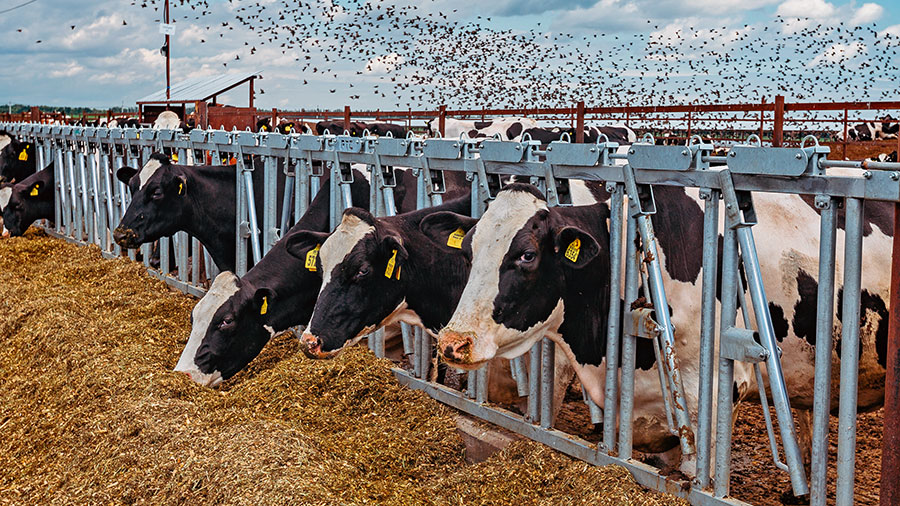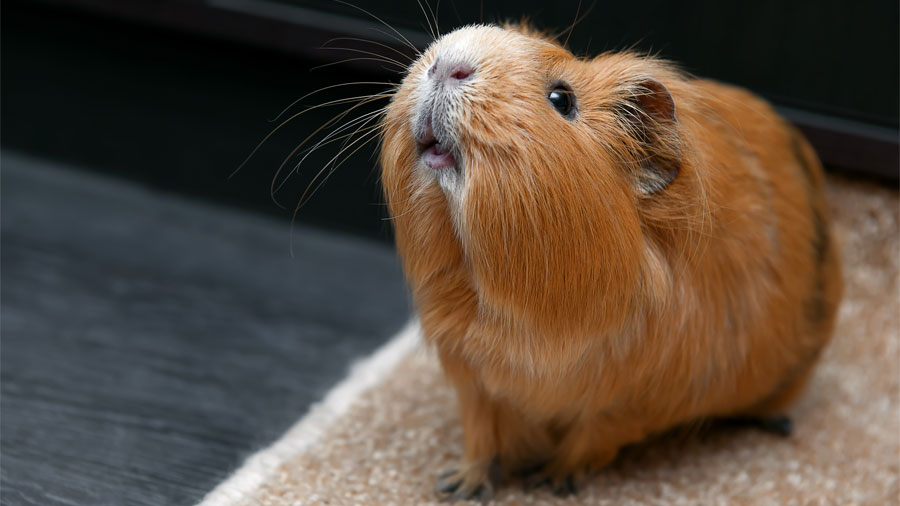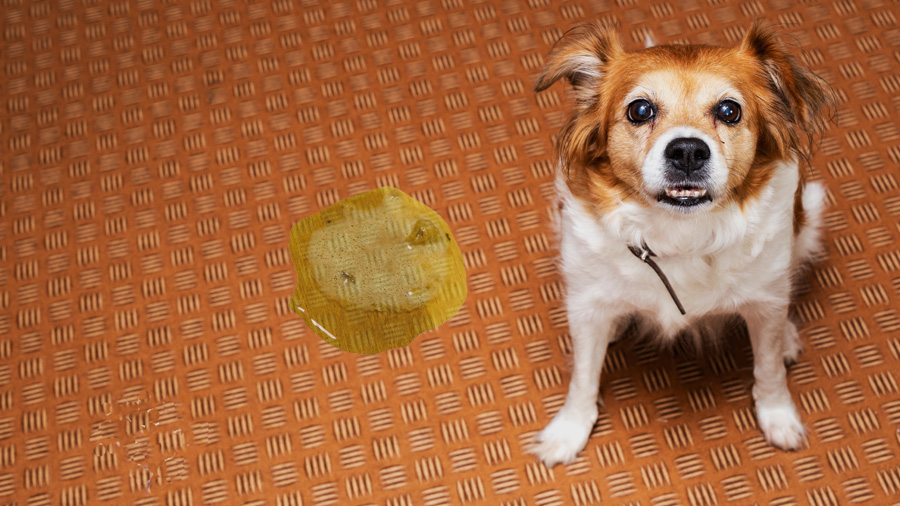You’re coughing and you feel miserable. Is it “the flu”? Maybe. The Centers for Disease Control and Prevention reports that, most years, around 30 million people in the United States will become ill with influenza, and more than 20,000 of them will die.
But what about all the headlines about bird flu, swine flu, and so on? Can these impact human health? And pet health? Dr. Jim Lowe, associate dean for online programs and extension at the University of Illinois College of Veterinary Medicine, conducts research on influenza. He provides need-to-know information on this group of viruses and how they impact various species, including your furry family members.
What Is Influenza?
Dr. Lowe begins by explaining viruses in general. “There are two main types of viruses,” he says. “We’ve got RNA viruses and DNA viruses, named for the way their genetic material is encoded. RNA viruses are much less stable and therefore more likely to mutate. Influenza is an RNA virus.”
There are many different specific influenza viruses, which often are named after the type of animals they infect, such as swine flu, canine flu, and now avian flu. Influenza A and influenza B are the main types of flu virus responsible for outbreaks in people most winters.
Influenza A viruses are further identified by the type of two proteins—hemagglutinin (H) and neuraminidase (N)—found on the surface of the virus. For example, swine flu is H1N1, meaning hemagglutinin subtype 1 and neuraminidase subtype 1. Avian flu is called H5N1 because it has hemagglutinin subtype 5 and neuraminidase subtype 1.
How Do Viruses Infect Animals?
The way viruses infect an animal—in other words, how they get inside the animals’ cells to make the cells start manufacturing copies of the virus—happens through a biochemical process. There’s a molecule on the surface of the virus that interacts with a receptor protein on the outside of the cell, sort of like how a key fits into a lock.
“It’s important to understand that viruses can only infect cells that have the right kind of receptors. Having the right receptor in the animal host also determines what kinds of animals can be infected by a given virus, because different species have different receptors,” Dr. Lowe says.
Humans, cats, bats, and pigs can share a common receptor that some kinds of influenza viruses can “unlock.”
“This explains why influenza can cross species barriers,” says Dr. Lowe.
Even though the cells of mammals like people and pigs express a different type of receptor than the cells of birds, there are times when avian influenzas can cross that barrier.
“Cows have avian receptors in their udders. The cows that have been infected with avian influenza get mastitis, or infection of the udder. The infection affects the quality of milk produced, and cows can even quit lactating due to inflammation,” explains Dr. Lowe.
“We, as people, have a few avian receptors, so that’s how people can get infected with avian influenza.”
When an influenza virus is circulating in both the mammalian and avian populations, the result could pose a public health risk.
What Is Avian Influenza?
“Birds are the natural reservoir for influenza,” says Dr. Lowe. And since waterfowl and other birds migrate, they spread influenza among themselves. Eventually, the virus jumps to mammals. This jump is what has happened with the avian flu, H5N1, which was recently discovered in cows and cats.
“Today H5N1, which originated as a purely avian virus, is infecting dairy cows in several U.S. states. This flu virus is highly pathogenic, meaning it kills birds,” Dr. Lowe explains. “It subsequently moved from cows to people. As of July 8, we have seen four human cases, all in dairy workers who had exposure to sick cows.”
While the avian flu has been documented moving from cows to people, it has not been documented moving from person to person.
“The virus has also moved from cows to cats, and it is lethal to cats,” adds Dr. Lowe. “In cats the virus manifests as respiratory disease. We’ve examined cats that died from this infection and found that they died of a fulminating pneumonia.”
Cats on dairy farms are at the highest risk after drinking milk from infected cows.
Is a Vaccine Needed?
Although we have seen the avian flu in mammals, public health officials are not rushing to make a vaccine against it.
“We could make a vaccine tomorrow, but we haven’t yet for two reasons,” Dr. Lowe states. “First, experts don’t see a widespread risk of people catching it from dairy cows or of it becoming something that passes easily from one person to another, like a pandemic. Second, if we develop a vaccination based on how the virus is now, the vaccine might not provide good immunity as the virus starts to mutate.”
With the avian flu being deemed a lower risk, the current approach is to let immunity build up in cattle herds naturally to stop transmission.
What About Canine Influenza?
When boarding, grooming, or sending your dog to daycare, you might be required to show that your dog is vaccinated against influenza. The canine influenza vaccine protects against two strains, H3N8 and H3N2.
Interestingly, these two strains moved into the canine population in two different locations at different times from different species. Canine influenza H3N8 viruses originated in horses, spread to dogs in racetracks in Florida in 2004, and can now spread between dogs. Canine influenza H3N2 viruses originated in birds and was first detected in South Korea in 2007. It also now spreads between dogs. Both strains now circulate widely in the U.S. dog population.
“Canine influenza is probably not a public health problem,” Dr. Lowe states. “It is a dog problem that primarily arises in boarding and kennel facilities—anywhere with dogs in confinement.”
Luckily, that means people do not need to worry about catching the canine influenza. This virus’s “key” does not fit in the “locks” of human cells.
By Lauren Bryan
Feature image by Mulderphoto




